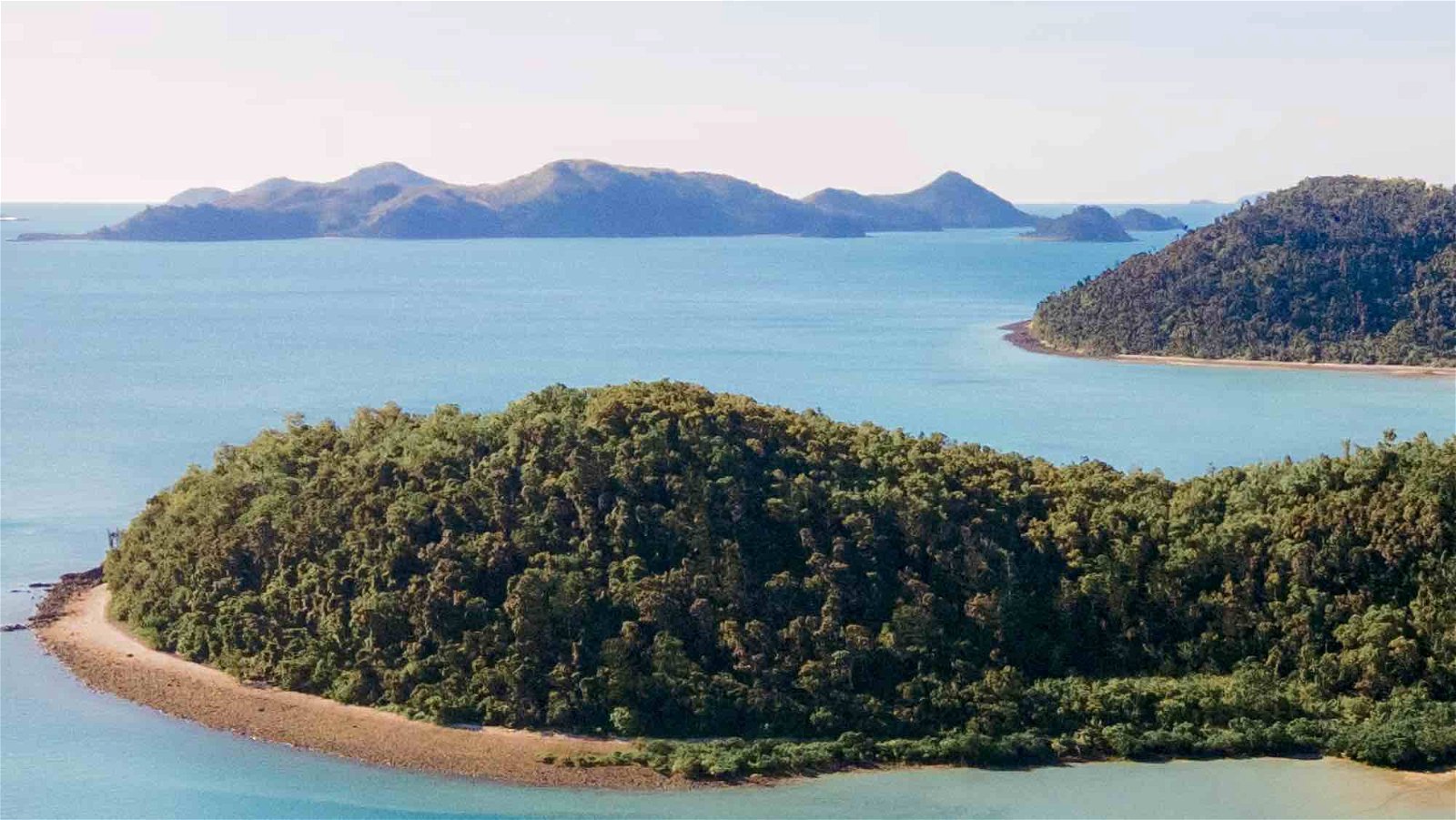The lost continent of Argoland that split from Australia 155 million years ago, seemingly without a geological trace, has now been found. Previous continental splits have left behind mountain ranges or other geological signs of their demise for scientists to discover. But until now, the mystery of Argoland has remained unsolved.
The find also relieved the researchers, who feared that the seemingly magical ability of a continent to break off and disappear without a trace would completely upend significant aspects of their scientific understanding of Earth’s complex geological past.
Argoland is not the first Continent to go Missing
In their published research, the team who located what remains of the doomed continent that split off from Australia and headed northwest toward Asia pointed out that continents fragmenting off of others and disappearing into the Earth’s mantle have happened occasionally in the past. However, in those cases, such as the Lost Continent of Greater Adria, the demise of such a massive land mass left an unmistakable sign on its environment.
“At some point in the past, Greater Adria plunged into the earth’s mantle,” the team explains in the press release announcing their discovery, “but the top layer stayed behind and was folded to form the mountains of Southern Europe.” Like Greater Adria, there was enough concrete evidence of Argoland’s split from Australia that the event was accepted as fact. However, this lost continent seemingly did so and disappeared into the Earth’s mantle without a trace.
A Seven-Year Search Hits Geological Pay Dirt
Following a geological trail that seemed to lead northwest from Australia, Douwe van Hinsbergen, a researcher from Utrecht University, and his colleague Eldert Advokaat landed on a treasure trove of geological information they thought could help explain Argoland’s disappearance. Unfortunately, it was even more than they expected.
“We were literally dealing with islands of information, which is why our research took so long,” Advokaat explained. “We spent seven years putting the puzzle together.” Ultimately, their work paid off as the puzzle pieces began to come together, revealing the traces of the lost continent of Argoland.
According to the team’s research, the key was determining the ages of several pieces of rock strata, or shards, from the lost continent and comparing the dates of their arrival in the area of Southeast Asia. This included the researchers actually collecting samples by hand in Sumatra, the Andaman Islands, Borneo, Sulawesi, and Timor.
Their startling results also revealed why others had so much difficulty in locating the lost continent of Argoland in the first place. It had split into so many pieces starting almost 300 million years ago. Then those pieces began a separate yet coordinated march northwest that lasted millions of years, leaving them to appear “lost.”. Only the matching dates of these disparate pieces of Argoland revealed that the continent was not lost after all but was so broken up that it took years of research to find and connect its remains.
“The shards formed a collage,” the researchers explain. “Argoland is hidden beneath the green jungles of large parts of Indonesia and Myanmar.”


Discovery of the Lost Continent of Argoland a Relief
Along with solving a 155 million-year-old mystery, the finding offered the researchers comfort since continents disappearing without a trace could present severe problems for geologists and historians alike.
“If continents can dive into the mantle and disappear entirely, without leaving a geological trace at the earth’s surface, then we wouldn’t have much of an idea of what the earth could have looked in the geological past,” van Hinsbergen explained. “It would be almost impossible to create reliable reconstructions of former supercontinents and the earth’s geography in foregone eras.”
Such reconstructions are vital for understanding geological and biological processes, the researchers explain, including things like the evolution of biodiversity, the formation of Earth’s climate, or even the search for raw materials.
“And at a more fundamental level: for understanding how mountains are formed or for working out the driving forces behind plate tectonics; two phenomena that are closely related,” van Hinsbergen adds.
Fortunately, they write, they did find the lost continent of Argoland. Or, at least, what’s left of it. “Otherwise, we would have been faced with a major scientific problem.”
Christopher Plain is a Science Fiction and Fantasy novelist and Head Science Writer at The Debrief. Follow and connect with him on X, learn about his books at plainfiction.com, or email him directly at christopher@thedebrief.org.

